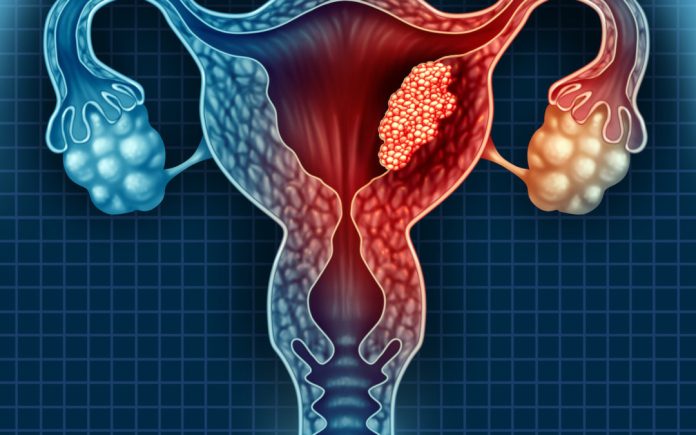For many years, cervical cancer has affected hundreds of females around the world. Cervical cancer is a malignant tumour of the cervix, a part commonly referred to as the “entrance” of the uterus.
Cervical cancer is the 4th most common cancer in women affecting those above 30 years of age. However, it can affect any age group but it is rarely found in children. The good news is that it is also the most successfully treatable cancer if detected early.

Courtesy photo: Medika
99% of cervical cancer cases are caused by an infection with the Human papillomavirus (HPV), an infection that is transmitted through sexual contact. HPV is one of the most common sexually transmitted infections and many sexually active people may have contracted the infection at some point in their lives. However, there are strains of the virus that do not have a risk of causing cervical cancer and may even be asymptomatic and resolve without the individual knowing they had the infection.
Also, some strains may result in genital warts and some in cervical cancer. There are other factors that do not directly cause cervical cancer but can increase the risk and these include;
- Smoking
- Multiple sexual partners
- Having a weak immunity
The presence of cancerous cells in the cervix will cause changes in an individual’s general well being and here are some things to look out for.
- Abnormal vaginal bleeding. This may be noticed after sex, between periods or after menopause
- Changes in periods which can be in the volume of blood or regularity of the periods
- Pain during sexual intercourse
- Abnormal vaginal discharge
- Unusual fatigue
- Severe pain in the back or side, abdominal/pelvic discomfort
- Severe vaginal bleeding
- Inability to control bowel movement and bladder
NOTE: These may not necessarily be enough to diagnose one with cervical cancer but are the reason for one to seek medical attention;
Diagnosis of cervical cancer is done by trained medical personnel with the help of physical examinations and laboratory investigations. Self-diagnosis is tricky as some cases may not present with all the above symptoms and also because none of the above symptoms is specific to cervical cancer and may therefore occur due to another disorder or disease. It is therefore not possible to self diagnose cervical cancer.
Early diagnosis is an important aspect in the successful treatment of cervical cancer, that’s why it is very important to consult with a doctor if you notice any of the above changes. However, sometimes there may be delayed diagnosis mainly due to the failure to recognize early symptoms as serious, and poor healthcare-seeking behaviour among women
In cases where the diagnosis is delayed, there is usually a poor prognosis because, by the time the disease is detected, it has already advanced to later stages which makes it hard to manage. As the disease progresses, cancer spreads and affects other organs like the bladder, intestines, and bones making it even more difficult to successfully treat leaving palliative care as the only option. Palliative care is simply an interdisciplinary medical caregiving approach aimed at optimizing the quality of life and mitigating suffering among people with complex, serious chronic illnesses.
On diagnosis, treatment is usually initiated immediately and this could be surgery, radiotherapy, chemotherapy or combined radiotherapy and chemotherapy (chemoradiotherapy). The doctor decides the treatment plan based on what stage the disease has reached. There are 4 stages of cervical cancer;
- Stage 1: The cancer is confined to only the cervix. Treatment can be surgical where part of the cervix is removed or cervix and uterus can be removed
- Stage 2: Cancer has spread to the tissue around it. The treatment plan here can be surgical or chemoradiotherapy
- Stage 3: Cancer has spread to structures surrounding lymph nodes.
- Stage 4: Cancer has spread to surrounding organs like the bladder, rectum or kidney.
With that said, cervical cancer is treatable if detected early and this requires high levels of vigilance among women on the signs and symptoms and also improving health-seeking behaviour. Here are some of the ways to reduce the risk of cervical cancer:
- Vaccination against HPV
- Avoid risky sexual behaviour like multiple sexual partners, unprotected sex
- Reduce /stop smoking tobacco
- A healthy diet and regular exercising
- Routine screening (at least once a year or if possible every 6 months)
As the saying goes, prevention is better than cure. Cervical cancer is no exception. With proper precautions and vigilance, the risk of contracting the disease can be greatly reduced.
Writer: Barbra Apio, Medical Clinical Officer
Fact-checking: Dr Fiona Eyotaru


